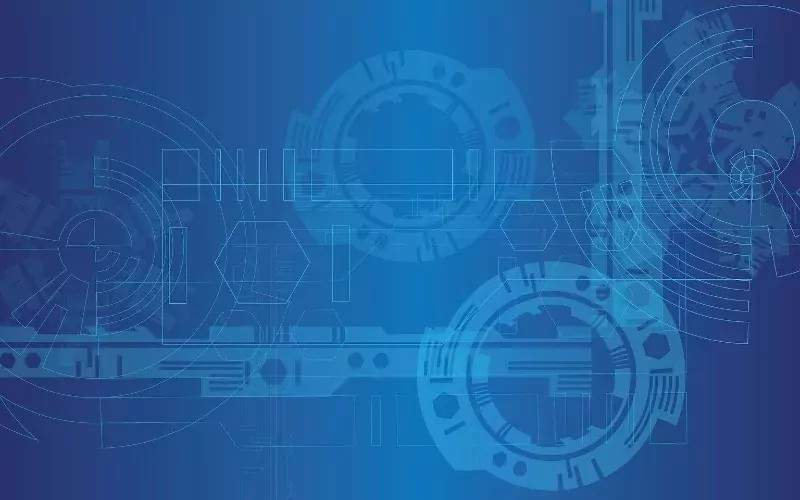In a strategic move to bolster its tech portfolio, Japanese conglomerate Softbank has acquired the renowned robotics company Boston Dynamics from Alphabet Inc. The acquisition, which also includes robotics firm Schaft, represents Softbank’s commitment to innovation in the robotics field.
The Strategic Importance of the Acquisition
Softbank’s acquisition of Boston Dynamics signifies a notable shift in its strategic direction, focusing heavily on robotics technology. Boston Dynamics is known for groundbreaking robotics innovations, including the development of advanced robots like Atlas and BigDog. This deal underscores Softbank’s intent to lead in the global robotics arena, leveraging Boston Dynamics’ engineering expertise.
The terms of the acquisition remain undisclosed, enhancing the intrigue surrounding this transaction. Softbank has a history of strategic acquisitions in the tech sector, including the high-profile purchase of ARM Holdings. These acquisitions are a clear step towards establishing Softbank as a tech heavyweight.
Boston Dynamics: Past and Future
Founded in 1992 as a spin-off from MIT, Boston Dynamics has long been at the forefront of robotics innovation. However, the firm has struggled to commercialise its cutting-edge technology. The lack of immediate commercial applications for its innovative robots has been a hurdle that the company has yet to overcome.
Despite these challenges, Boston Dynamics remains a highly respected entity in the field of robotics. Its robots exhibit remarkable mobility and agility, qualities that are essential for the next generation of robotics solutions.
Schaft: Another Jewel in Softbank’s Crown
In addition to Boston Dynamics, Softbank has also acquired Schaft, another robotics firm previously owned by Google. Schaft has been instrumental in advancing robotics technology, particularly in developing humanoid robots. Acquiring Schaft fits perfectly with Softbank’s strategy of consolidating robotics talent and technology.
Together, Boston Dynamics and Schaft provide Softbank with a robust foundation on which to build future robotics innovation. This strategic acquisition aims to create synergies between the acquired technologies, fostering advancements in robotics that could redefine the industry.
Softbank’s Vision for Robotics and AI
Softbank’s aggressive push into robotics aligns with its broader vision of integrating AI into its technology suite. Robotics and AI are seen as crucial to the company’s future growth. This acquisition allows Softbank to deepen its AI capabilities alongside its robotics interests, positioning itself at the forefront of these converging technologies.
With its focus on AI and robotics, Softbank aims to develop solutions that have both commercial and societal impact. The company is betting on robots to transform industries ranging from logistics to healthcare, leveraging AI to enhance their capabilities and efficiencies.
Market Implications and Future Prospects
The acquisition of Boston Dynamics by Softbank is expected to have significant implications for the robotics market. Softbank’s entry into the advanced robotics sector is likely to spur competition and innovation, encouraging new developments and investments across the industry.
Investors and market analysts will be watching closely to see how Softbank leverages its new assets. The potential for new robotics applications and markets is vast, and Softbank’s strategic moves suggest it is well-positioned to capitalise on these opportunities.
As a result, Softbank’s acquisition may accelerate the adoption of robotics technologies worldwide, potentially changing the landscape of multiple industries. This strategic investment highlights the growing importance of robotics in contemporary technology sectors.
The Road Ahead for Softbank
With its acquisition of Boston Dynamics and Schaft, Softbank aims to establish itself as a leader in the robotics sector. Softbank’s strategic direction is clearly focused on leveraging advanced technology to drive growth. Boston Dynamics and Schaft’s expertise will be critical in achieving these goals.
Looking forward, Softbank will likely focus on integrating these companies into its broader corporate structure, fostering innovation that can be brought to market. This integration process involves harmonising business practices and research initiatives, ensuring that they align with Softbank’s strategic objectives.
Conclusion: A New Era in Robotics Innovation
In conclusion, Softbank’s acquisition of Boston Dynamics and Schaft marks a significant milestone in the robotics industry. This move clearly positions Softbank as a key player in robotics innovation.
The acquisition not only enhances Softbank’s technology portfolio but also sets the stage for future advancements in robotics, potentially transforming various sectors through cutting-edge technology.
The acquisition of Boston Dynamics and Schaft by Softbank is a bold step in the future of robotics innovation. Softbank has not only expanded its technological capabilities but has also positioned itself as a frontrunner in the evolution of robotics and AI, paving the way for transformative solutions that could redefine industries globally.

